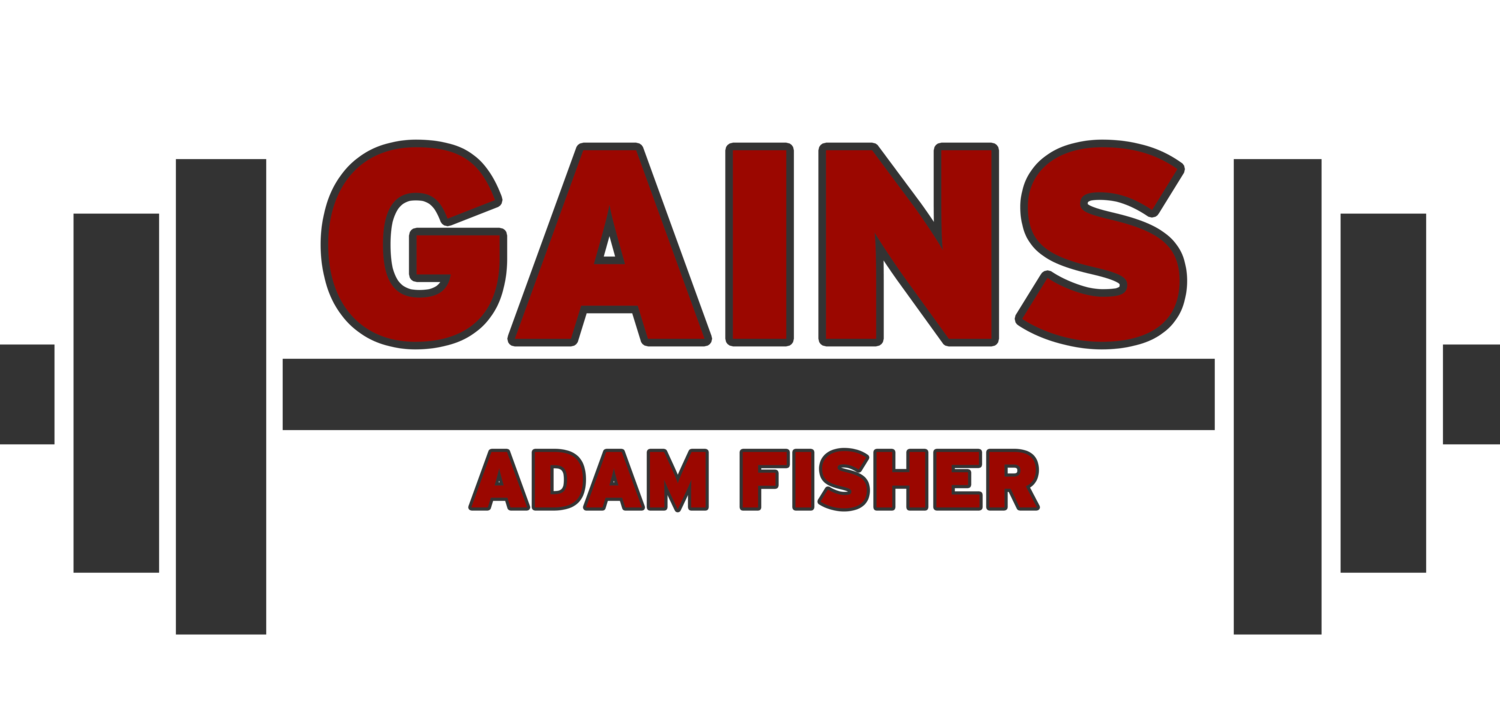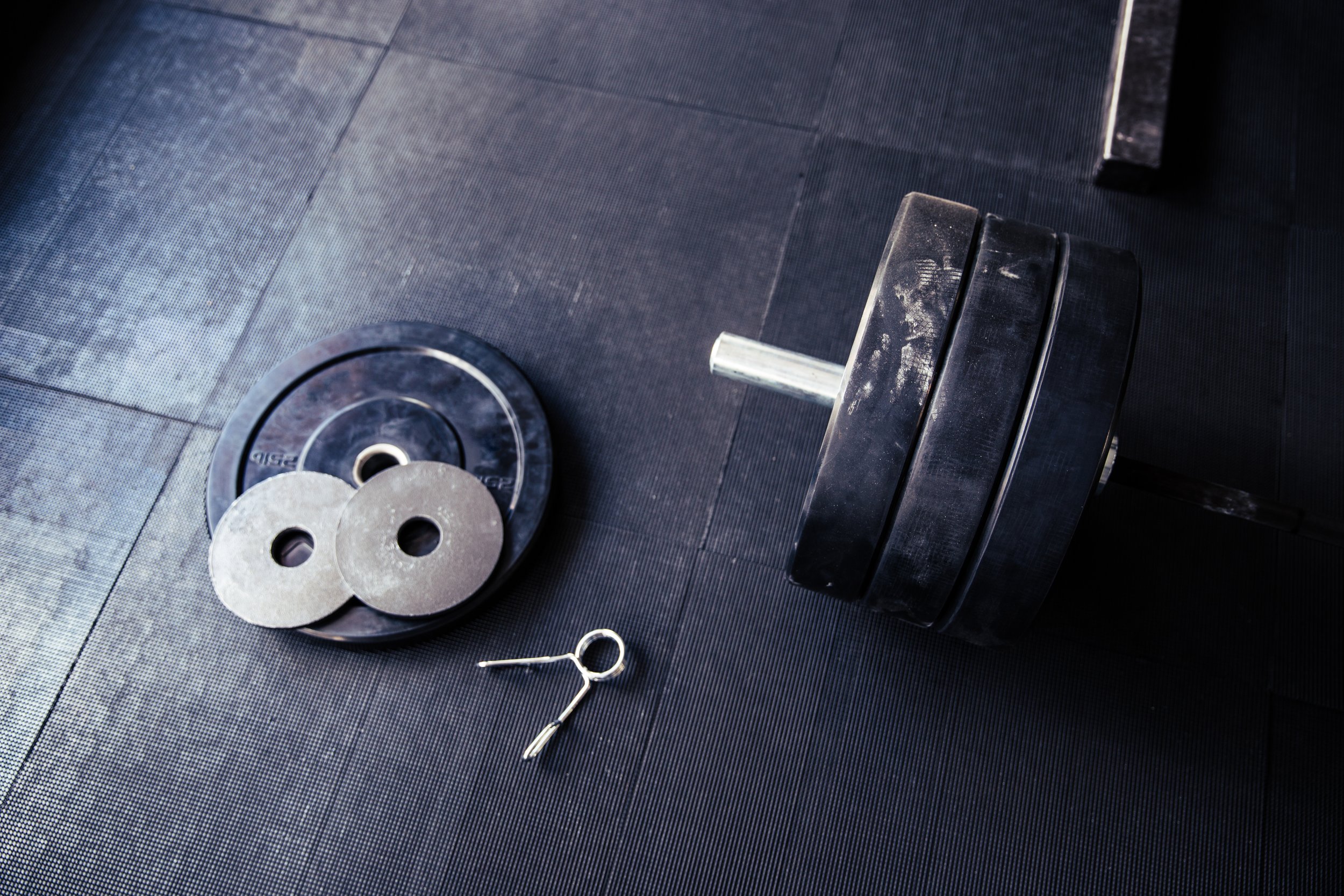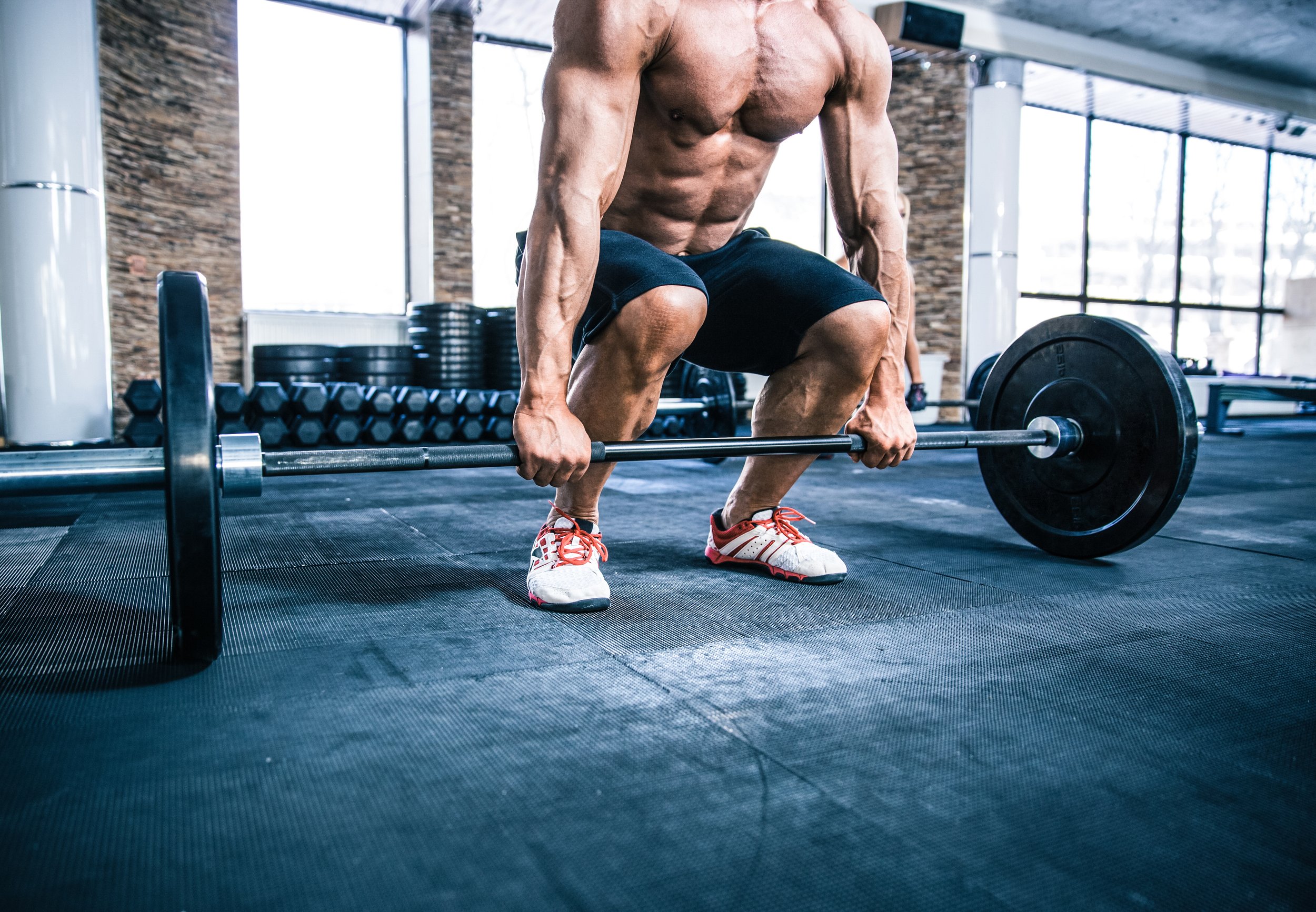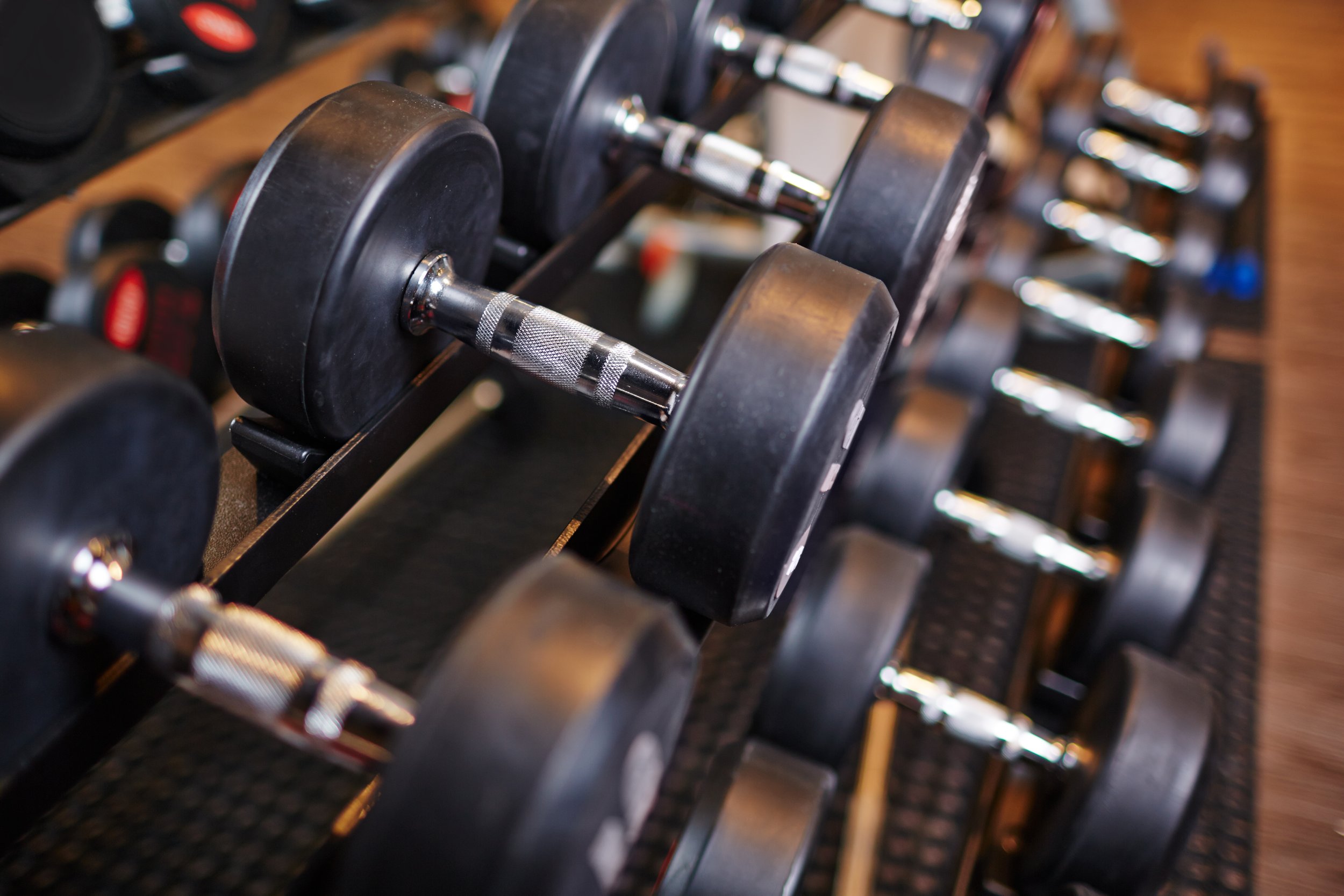Why You Can’t Combine Exercises To Get The Best Of Both
Takeaway Points:
Multi-joint exercises, sometimes called “compound exercises,” are great for strength and muscle building because those exercises work many muscle areas at once. Single-joint exercises are a great way to supplement these because those target areas that don’t get targeted as much during multi-joint compound exercises.
However, other “compound” exercises - which are usually just disparate exercises put together either in a circuit using the same weight or mashed into one movement - aren’t good for maximizing your effort because they are limited by the weakest area involved in the exercises.
Because our lower bodies tend to be stronger than our upper bodies, we cannot progress properly if our lower body lifts (deadlift, squat, etc) are limited by how much we can lift during our upper body lifts (bench, overhead press).
(Note: This is an updated version of an article originally published on 9/22/15. It has been expanded and brought up to line with modern formatting standards.)
Multi-Joint Exercises
There are two different types of exercises which are both called “compound exercises”.
The first refers to multi-joint exercises: these exercises tend to be superior in building strength and muscle because they engage a lot of muscle at once and tend to work in basic movement patterns that you see in day to day life. That means GAINS. Additionally, because these movements work a lot of muscle all at once, they tend to have a pretty robust metabolic effect and can really get your heart rate up.
Multi-joint exercises are contrasted by single-joint exercises like the bicep curl, where you work fewer muscles at once, and only one joint is moving at at time. Single-joint exercises are good for targeting specific muscles that may be difficult for the trainee to target otherwise with multi-joint exercises, and tend not to be nearly as demanding metabolically.
Multi-joint exercises are great. They’re the staple of all modern strength, hypertrophy, and endurance programs. In a well structured program, they should take up the bulk of your work and provide you with the bulk of your results.
Complexes and Compound Movements
But the second form of compound exercise refers to two existing exercises that are combined together with magic wizard glue to create a new exercise. They might also be called complexes, though in general complexes contain a bunch of exercises (rather than just two) done in sequence with the exact same weights (barbell, dumbbells, etc.) without putting them down.
Unfortunately, both compound exercises, and complexes tend not to be a good idea.
They certainly do have a lot going for them: you can train a lot of different muscles at once, resulting in an intense metabolic effect and additionally the ability to build a lot of muscle pretty quickly.
The problem with these types of exercises arise when they’re programmed poorly, or when there’s a vast difference in strength from one movement to another. Let’s take a very simple barbell complex I’ve used with my clients in the past:
Deadlift x10
Power Clean x5
Front Squat x5
Overhead Press x5
Seems great, right? You’re working practically every muscle in the body. The deadlift will work your hip extension muscles and rear core, the clean works the upper back and biceps, the squat works the knee extension and the forward core, and the overhead press works your shoulders and triceps. All that you’re really missing is your chest.
But can you see what the issue here might be?
The problem is that of these movements, some will be much stronger than others. In most lifters, the deadlift tends to be the strongest movement and the overhead press tends to be the weakest, simply because leverages and the amount of muscle that’s used in each movement are very different.
What this means is that you’re almost always going to be able to deadlift a lot more than you can overhead press. You could add extra reps to the deadlift like I did here to up the challenge a bit, but this can only be done up to a certain point.
Whichever lift is your weakest link in the chain is the one that all the other lifts have to work around.
This means that your ability to add weight to the other movements in this complex is limited by the shoulder press, since this is the weakest movement in this complex. Since many people can deadlift a lot more than what they can shoulder press, this means that whatever is a challenging weight for the shoulder press is going to likely be a trivial weight for the deadlift.
The Weakest Link Limits the Chain
The same principle applies to lots of other movements as well. There’s compound exercises that are just upper and lower body movements paired, like a hammer curl with a lunge or an overhead press with a stepup. Sure, these exercises are tougher than either of their individual components alone are. But tougher doesn’t always mean better.
Let’s take, for example, a double dumbbell deadlift paired with a hammer curl. Chances are, you’re getting a good bicep workout but a bad deadlift workout. Training these two lifts together gets your heart rate up a little bit more, but it likely impacts your ability to add load to either of those exercises. The weight is going to be easy for the deadlift and you’re going to have to do more reps of it, and the weight is going to be challenging for the biceps but chances are that the act of adding a deadlift in between is going to tire you out quicker and reduce the number of total reps you could have done with the hammer curls alone.
The key aspect of any good training program is the ability to progress that workout over time, adding weight or repetitions. Sadly, primarily using complexes with movements of disparate strength levels means that over time the mismatch is going to grow worse and worse, and you’re going to get a lesser and lesser benefit from them. Since you’re not adding weight as easily, you’re not ideally stimulating the development of more muscle and strength.
Some Applications
That’s not to say you should never do them. Complexes are great for adding a little bit of challenge to a workout here and there, and the use of a few complex-type compound movements every now and then can certainly be great to add a bit of a metabolic challenge. However, to comprise a workout solely or primarily of complexes is going to encourage training imbalances over time.
A better suggestion is simply to split those movements up, but keep them as a superset. If you supersetted hammer curls with barbell deadlifts, for example, you could use different weights for both exercises and thus ensure a better ability to progress your workouts over time while still keeping the workout relatively fast-paced.
Above all, never consider a workout’s value based entirely on its ability to cause you to sweat: what is needed to improve over time is not sweat, but instead increases in the amount of weight used or the number of repetitions performed.
About Adam Fisher
Adam is an experienced fitness coach and blogger who's been blogging and coaching since 2012, and lifting since 2006. He's written for numerous major health publications, including Personal Trainer Development Center, T-Nation, Bodybuilding.com, Fitocracy, and Juggernaut Training Systems.
During that time he has coached thousands of individuals of all levels of fitness, including competitive powerlifters and older exercisers regaining the strength to walk up a flight of stairs. His own training revolves around bodybuilding and powerlifting, in which he’s competed.
Adam writes about fitness, health, science, philosophy, personal finance, self-improvement, productivity, the good life, and everything else that interests him. When he's not writing or lifting, he's usually hanging out with his cats or feeding his video game addiction.
Follow Adam on Facebook or Twitter, or subscribe to our mailing list, if you liked this post and want to say hello!
Enjoy this post? Share the gains!
Further Reading:
Ready to be your best self? Check out the Better book series, or download the sample chapters by signing up for our mailing list. Signing up for the mailing list also gets you two free exercise programs: GAINS, a well-rounded program for beginners, and Deadlift Every Day, an elite program for maximizing your strength with high frequency deadlifting.
Interested in coaching to maximize your results? Inquire here.
Some of the links in this post may be affiliate links. For more info, check out my affiliate disclosure.







